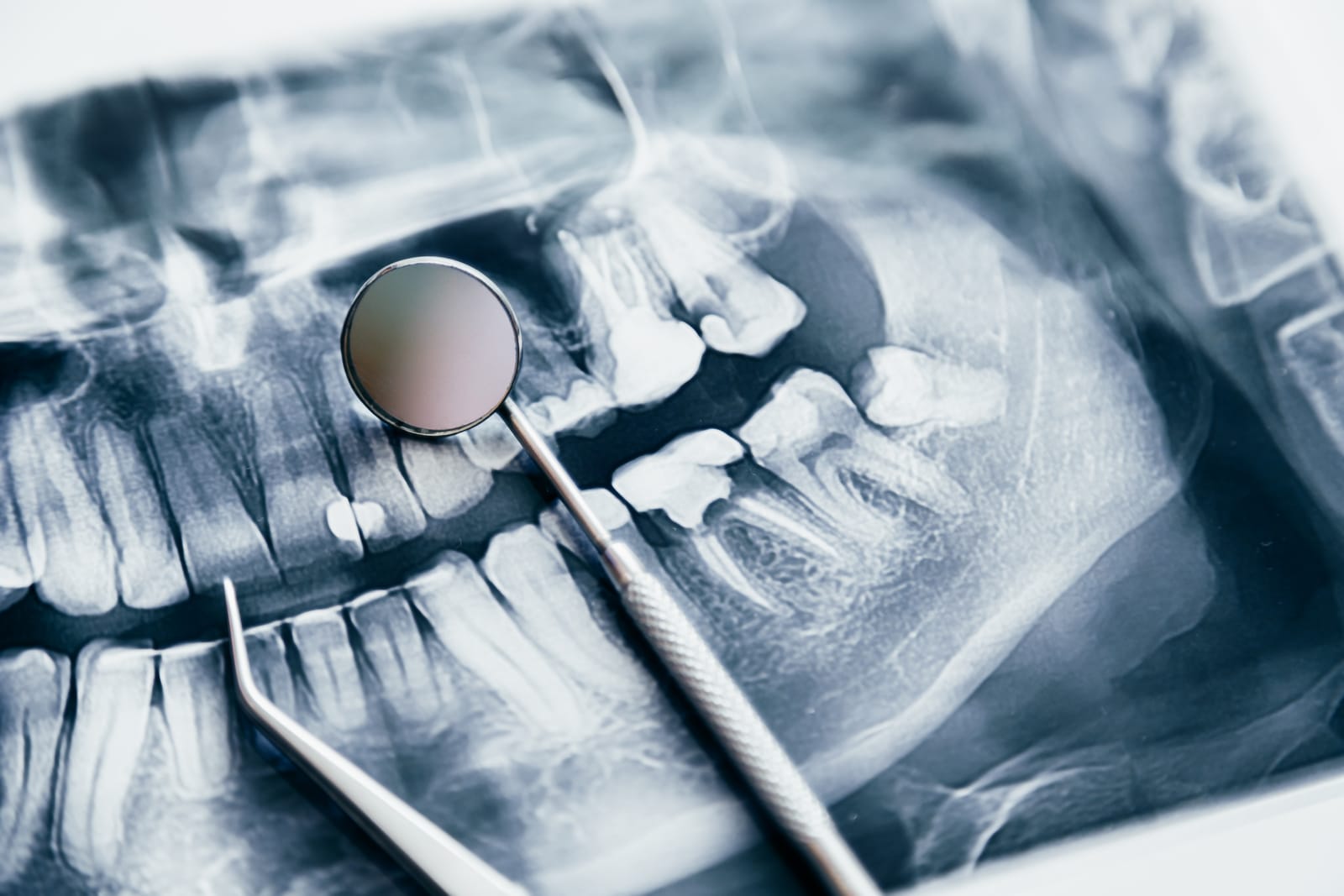What patients should know about dental bonding
When a cosmetic dentist performs dental bonding, the dentist applies a tooth-colored resin to the teeth and then hardens the material by using a light made for this purpose. As the material hardens, it becomes bonded to the tooth, which keeps the material in place.
Uses for dental bonding
Dental bonding can be used to correct issues with the teeth or to change the appearance of the teeth to meet the patient’s aesthetic goals. Dentists perform tooth bonding procedures for multiple reasons:
- Repair chipped, cracked, or decayed teeth
- Cover stained teeth
- Give teeth a longer appearance
- Cover gaps between teeth
- Alternative to amalgam fillings
- Cover a tooth root exposed by receding gums
How dental bonding is performed
If bonding is being done to fill a cavity or change the shape of a tooth, the tooth may need to be drilled before the bonding procedure. Otherwise, the
cosmetic dentist begins the process by selecting a resin color that matches the shade of the natural teeth. The dentist then roughens the tooth surface and applies a conditioning liquid to make it easier for the resin to adhere to the tooth. Next, the dentist applies, molds, and smooths the resin into the chosen shape. A bright light or laser is then used to harden the resin. Finally, the dentist shapes and trims the hardened material to achieve the desired result and match the appearance of the natural teeth. The entire process usually takes between 30-60 minutes but may require more than one visit if multiple teeth are being bonded.
Advantages of dental bonding
Dental bonding is often less expensive than veneers or crowns because the material can be molded and shaped in the office by the dentist, rather than manufactured in a lab. The procedure also requires less removal of tooth enamel. However, dental bonding is not as durable or stain-resistant as veneers, crowns, and fillings. Bonding material typically needs to be replaced or touched up in 3-10 years.
Caring for bonded teeth
The bonding material is not as strong as natural teeth, so patients are advised to avoid activities, such as nail-biting and ice chewing, that could chip the resin. It is also a good idea to limit the consumption of coffee, tea, and wine and avoid smoking because these substances can stain the resin.
Conclusion
The dental bonding procedure involves attaching a tooth-colored resin to the tooth to correct discolored teeth, chips, cracks, or gaps. While the material is not as resilient as some other alternative treatments, the procedure is quick, usually less expensive, and with proper aftercare, can last up to 10 years.
Request an appointment or call St. George Dental Care at 435-628-9099 for an appointment in our St George office.
Recent Posts
When someone wants to improve the appearance of their smile, a cosmetic dentist may recommend one of a number of treatment options. Cosmetic dentistry consists of procedures that fix minor problems with the teeth, gums, or bite. Some reasons for treatment include crooked, stained, or misshapen teeth; jaw misalignment; or a gummy smile.The type of…
The focus of a cosmetic dentist is on improving the overall appearance of the smile. To achieve this goal, dental professionals employ a variety of common treatments.Some patients seek cosmetic dental procedures due to accident, illness, or trauma that has affected the appearance of the smile. Others want to change the appearance of the mouth…
Teeth whitening kits are available for purchase at supermarkets, pharmacies, and online, and many patients assume these kits are equivalent to the teeth whitening provided by a qualified cosmetic dentist. However, as professionals who have completed dental school as well as extensive training in shaping, whitening, and upgrading patients’ entire smiles, cosmetic dentists are able…


